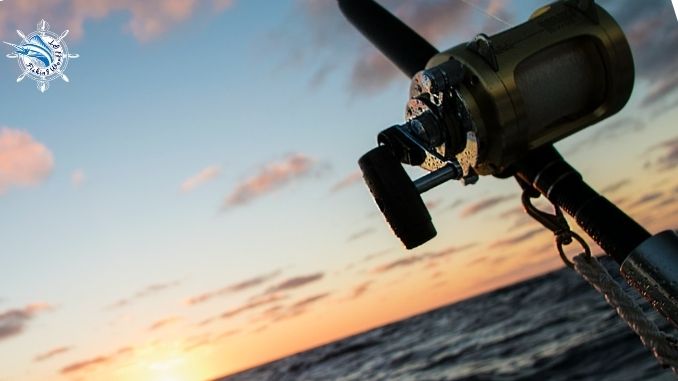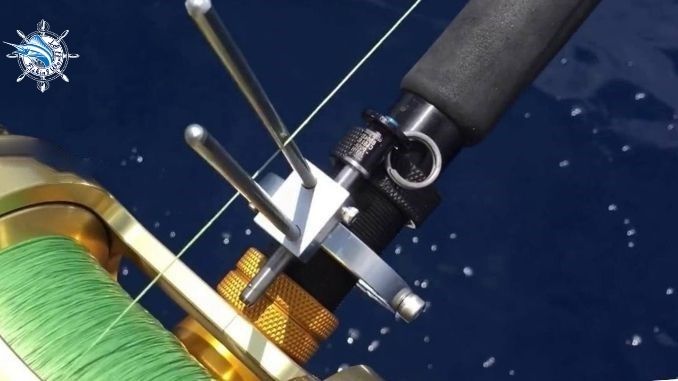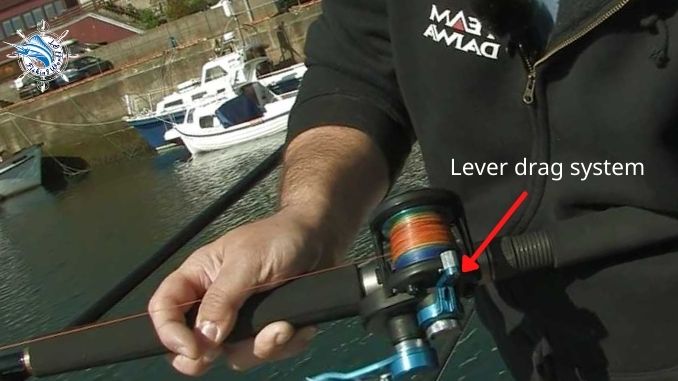Conventional reel is probably quite popular, especially in saltwater fishing. They are usually compared with other types of reels. The same name with it, Conventional Fishing technique, if you’ve ever caught the fish, you used to use it.
What is a conventional reel? About the system, they are like Baitcasting Reel. About structure, they are much larger. They are the reel with high line capacity and amazing combat power, suitable for offshore fishing, deep water fishing, also used for casting jigs, trolling, kite fishing, pier fishing.
Next, I will give more details about this type of reel.
What is a conventional reel?
The conventional reels has a variety of sizes, from the smallest (palms) to match lighter power rods until the largest to fight with marine monsters as much as Marlin and Tuna.
They are not for casting for larger sizes because no one wants to cast a cumbersome thing, but smaller reels still can choose the size suitable for the fish species you are targeting.
The powerful line capacity and excellent spin have made conventional reels capable of fighting in harsh conditions, great pressure. They are popular in saltwater fishing, especially in deep waters, such as catching marlin, sailfish, big dorado, wahoo, and large tuna. Perhaps it is an easy-to-use reel if you do not use them to cast.
Have you seen a baitcasting reel that works? The conventional reels is the same.
A note when buying those reels, the handle cannot be changed from the left to the right or vice versa, so you need to determine the appropriate handle orientation before starting to buy.
Things to keep in mind when buying a conventional reel
Levelwind systems
This is a common mechanism of a conventional reel; you can choose to buy or without level wind systems, depending on your purpose.
The line guides ensure that the line is automatically distributed evenly on both sides over the width of the spool, without condensing a large amount of line on one reel side.
If you use a braided line, a conventional reel with a level wind system is unnecessary; it will automatically distribute both sides. But if you use a monofilament line, the level wind system is a good choice for you, or you will have to push through pushing the finger to distribute the line evenly on the spool. If you are a person who does not have many skills and experience, it is a difficult challenge.
Two-speed conventional reels
A subsequent element you need to consider when buying those is two-speed or reels with a single speed. Looking at its name, we can see how fast the two-speed reels bring, in addition to high flexibility. Therefore, it is a good support factor when fighting big fish, needing many muscles.
However, this doesn’t mean ignoring a single speed. If you use lighter lines, the target is smaller fish, use a single speed, less pressure on the line, and restrict the broken wire.
Conventional reel drag systems
Continuing is a troublesome choice; there are two drag systems on a conventional reel, the traditional star drag or the more advanced lever drag systems.
Speaking of the star drag system, we often think about the baitcasting reel, located on the side of the reel underneath the star drag. There is a tuning knob; the bigger adjustment, the more pressure causes the spool to reduce its speed, but usually, by default, a value because it will be challenging to adjust it during fishing. If you don’t use the conventional reel for casting purposes, you will not need to understand too much about its operation mechanisms like baitcaster.
Come to a lever drag, quite easy to adjust it, pushing the level up to increase the traction and vice versa to pull down.
Conclusion
I shared you with the information regarding the question: “What is a conventional reel?” It is famous for saltwater fishing but does not mean it is the most suitable reel for you. Please identify your preferences, the fish species are targeting, and even your budget.
I hope this article is helpful for you. Do you have any idea?
Further reading:
- Other info about fishing in Fishingandhuntingsports
- Three Things To Know Before You Buy A Conventional Fishing Reel
- Selecting Conventional Reel



